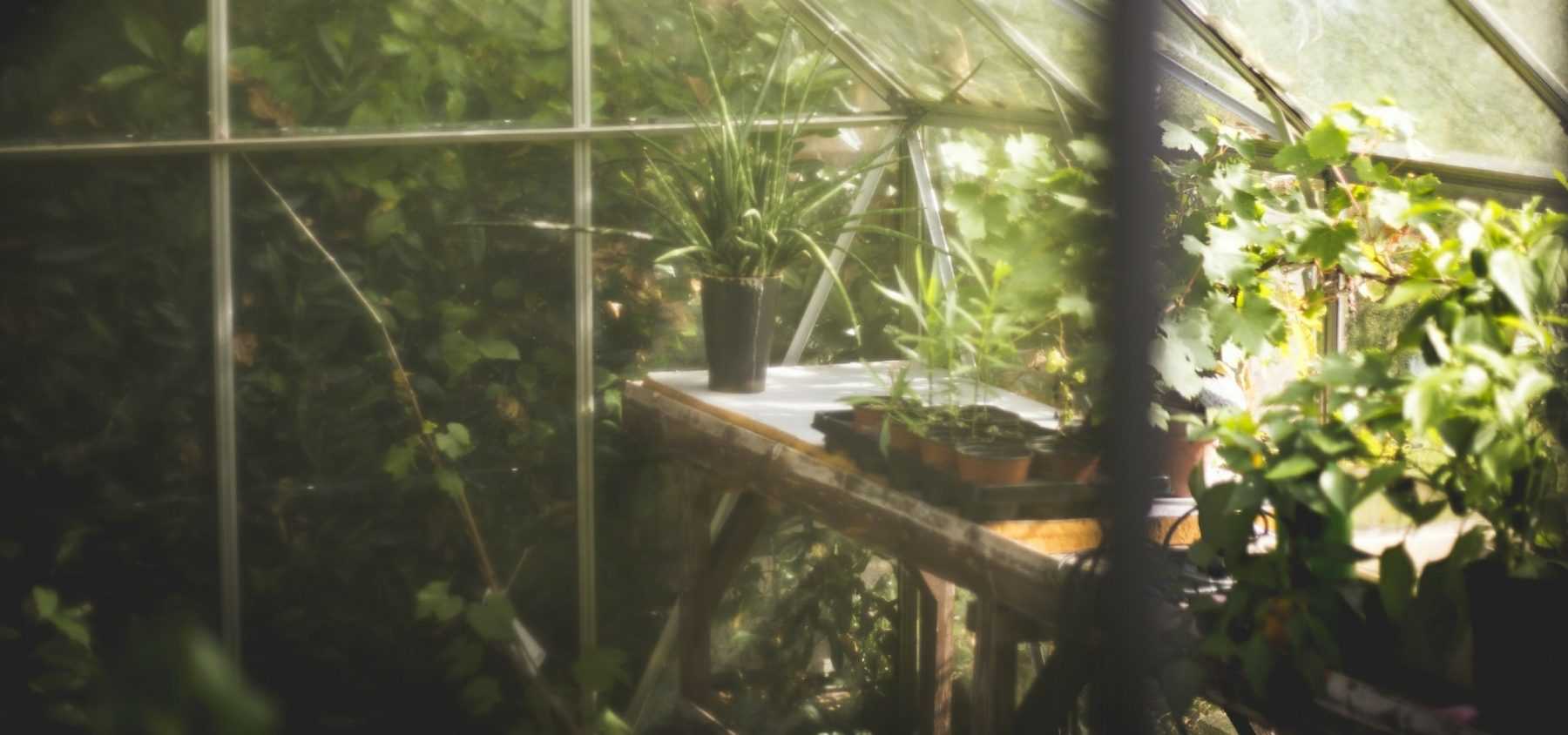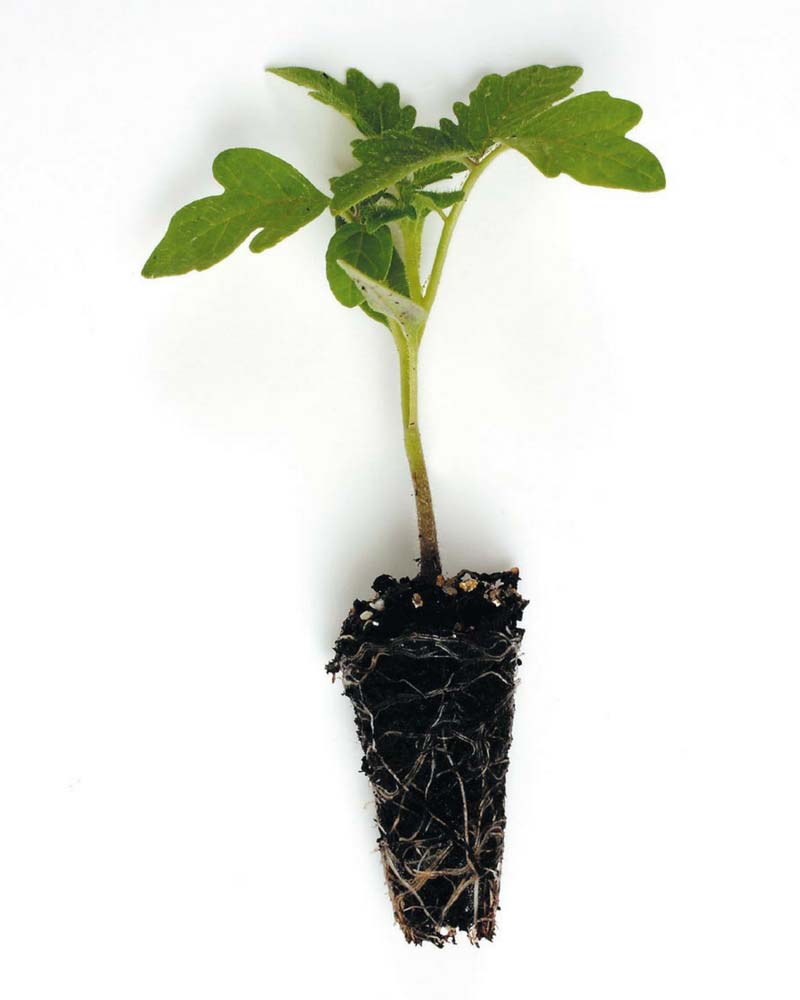
Vegetable plug plants: how to plant them properly for a productive kitchen garden?
Easy, quick and economical!
Contents
Vegetable plug plants are very young vegetable plants, extremely economical. These plants, commonly used by professionals, can sometimes puzzle amateur gardeners as they appear small. However, they are sturdy and will establish well if you follow our advice below! Easy to plant and ideal for a productive vegetable garden, plug plants save considerable time in the garden. Discover how to choose, plant and care for them properly to ensure optimal growth of your vegetables.

A tomato plug plant
Where to plant your plug plants for optimal growth?
Most vegetable plants require warmth and at least 6 hours of sunlight per day to thrive. This is true for tomatoes, courgettes, peppers, chillies, aubergines… which should be planted in full sun. Others, such as Swiss chard, sorrel and herbs in general, prefer partial shade, especially in the south of France. So observe your garden carefully to determine its sunlight exposure and choose the appropriate spot accordingly.
What type of soil or substrate for healthy plug plants?
A good vegetable garden soil is fertile, rich in nutrients and well-aerated to allow plants to develop their root systems easily. Most soils are suitable and can potentially be enriched with compost or manure. If your soil is too wet and poorly drained, raised bed cultivation is an excellent solution.
How to plant your plug plants for a productive vegetable garden?
Our vegetable plug plants require immediate care upon arrival: remove them from their transport shells as soon as you open your parcel and soak them if necessary in a shallow amount of room-temperature water. Never plant a dry plug. Olivier explains everything in: I’ve just received my order of vegetable plug plants: what should I do?
Depending on your region and the season:
- The weather is mild and the last frost risks have passed: plant them directly and without delay, either in pots or in the garden.
- Frost risks are still present: plant the plugs in pots or containers until they can be transplanted permanently. Keep them in a warm place (tomatoes, courgettes, peppers, chillies, aubergines…) or a temperate spot (herbs, hardy vegetables) with good light. Remember to water—the compost should stay moist but not waterlogged.
About ten days before transplanting them into the vegetable garden, gradually acclimatise your young plants to outdoor conditions by placing them outside for a few hours each day in fine weather. The slightly cooler temperatures and a gentle breeze will help them toughen up and grow stocky before planting out.
Once the last frost risks have passed (after the Ice Saints), plant them in their final position, respecting the recommended spacing. You can plant a little earlier than the “official” calendar if you live in a mild climate or have shelter (greenhouse, polytunnel).
Note: If your plants are grafted, be careful not to bury the graft union.
- Subscribe!
- Contents


































Comments